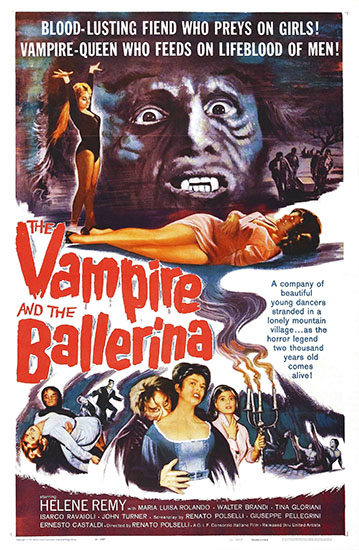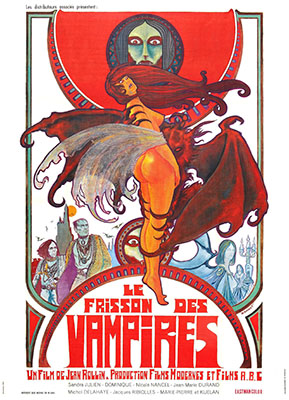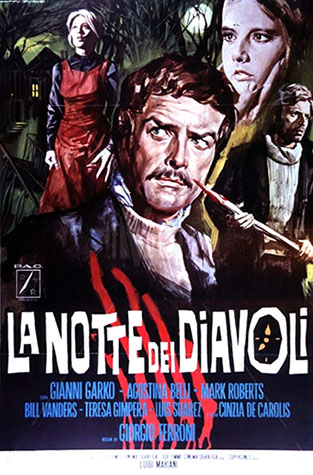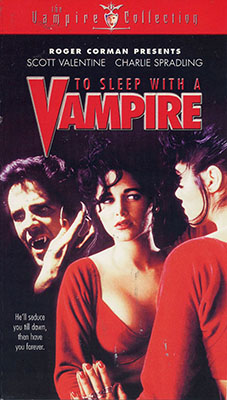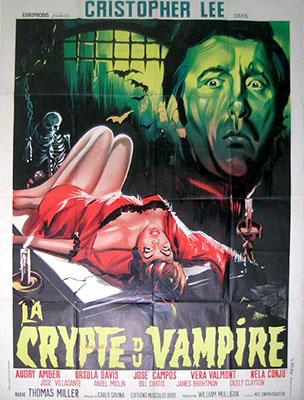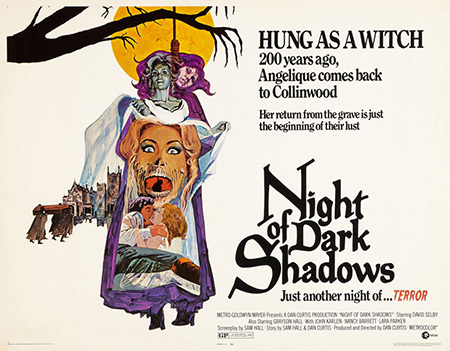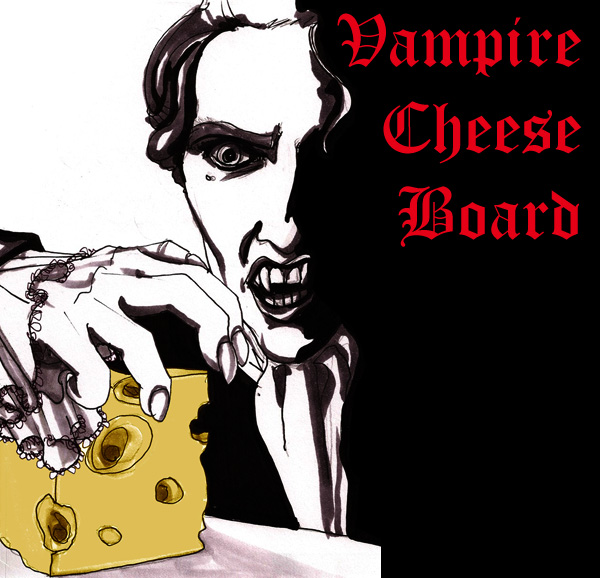
Cheesy: Trying too hard to be good, unsubtle, and inauthentic.
A vampire movie is like a cheese, I think. Processed, cheap, strong or stinky, it is almost impossible for a vampire movie to escape that wince inducing cheesy moment. Combine an obsessive fascination with these creatures who do not die, who live in the dark where we cannot see them, and who feed off of our life essences makes vampires one of the most enjoyable gambles Hollywood revisits through the ages.
I am always particularly interested in the ways our silver screen story tellers explain how vampires came to be in the first place. Did they start human and through sheer will power and meanness transcend our yoke of mortality to live forever and feed on what it once was, infecting others? Were they mutated by a horrible plague centuries ago? Are they descendant of Judas who was forever cursed to walk the earth? Are they Cain who was marked so that his human brethren would know him on sight? Or are they children of Lilith, Adam’s first wife, who gave birth to all the monsters of the world and would steal children by night and drink their blood? Actually, I’ve never seen a movie with Lilith as the explanation for vampirism, but wouldn’t it be pretty good?
There are as many options for how vampires look, how they live, can be killed, and what extra powers they may have as there are for how they were made. Movies wallow like little piggies in the infinite possibilities of something that is still automatically recognizable by people all over the world. To make this cheese board a little easier to digest, I will break the multitude of types into flavors:
Loud and Melodramatic
These are your sharp and salty cheeses, the ones that pair well with red wine, fish pastes, and olives. The vampires in these movies have been aged over centuries of artistic license. They are your cheddar, Fontina, Parmesan, and Fontinella. Bram Stoker’s Dracula story has inspired several adaptations and several character appearances in other movies. From Christopher Lee, Bela Lugosi before him, to Gary Oldman, the Dracula story has been the cornerstone of vampire lore for celluloid ages. He is powerful, ancient, and deeply wronged. He is what humans wish they could be – strong enough to overcome any obstacle while still holding on to their broken, tragic, and terribly human past which somehow keeps them from becoming complete monsters. And yet, there something about Dracula, even as seen in Braum Stoker’s Dracula, that cannot avoid the cheese. Each of the male suitors is a caricature; the two female leads are complete opposites and almost entirely divisive. In fact, I will venture to say that the only really developed character in the whole thing is Dracula himself. And oh boy, that Dracula!
It is maybe the hardest thing in storytelling to capture a rage driven overflow of emotion without sounding kind of funny. We are prone to melodrama, speaking poetry aloud, bemoaning our fate, and cursing the heavens. We imagine these same traits in vampires because we recognize vampires came from us. Let’s face it, it’s funny – especially out of context, and it is cheesy. Even more so with an accent, see Van Helsing’s Dracula. Here we see Dracula almost as a caricature; a desperate polygamist husband seeking to appease his shrewish wives so they don’t bother him so much. The only powerful and mysterious card this Dracula is holding is more knowledge of Van Helsing than Van Helsing himself.
Speaking of rage driven overflow of emotion, how about some Interview with a Vampire and Queen of the Damned, though Interview… really does take the cake on bemoaning fate. Perhaps seeing the terrible monsters suffering is part of what allows us to think them sexy as well. I mean how cliche can a subplot get? 1.) girlfriend is afraid boyfriend is going to leave her 2.) girlfriend makes sure she gets pregnant so boyfriend will never leave her 3.) boyfriend stays for a while, but relationship gets more and more twisted. Only in this story, Lestat is the girlfriend, Loui the boyfriend. Get it? Queen… takes on a different cliche: I can save/change him romanticism. And after all that reminding the vampire monster that he was still attached to the gypsy violinist, who really changes at the end? Huh, Jesse?
Hissing and Sleazy
Vampires give us a whole spectrum of cheese, however, they are undead after all. Why shouldn’t they act like undead and slink around covered in cemetery fertilizer wearing their monster faces? Or haunt back-alleys and shadows, building their own criminal underworld? Vampires like Santanico Pandemonium, From Dusk Till Dawn, and Deacon Frost, Blade, are less sexy than they are porny and they’re the ones that are nice to look at – the velvita and canned cheese spray. As are Dracula’s ubiquitous mistresses in Dracula 2000, Kit from The Forsaken, and everyone in Vampire Circus.
Not so nice to look at, and a little stomach turning the closer they get to your mouth are your limburger, and royal blue Stilton vampires from Salem’s lot, John Carpenter’s Vampires, Blade II, and Nosferatu. These cheeses have been aging so long that they’ve lost their sexy. Oh they can try and dress it up a little, put on a nice parchment paper wrapping, but in the end they have a bouquet reminiscent of horse apples. Lest we forget Razor Charlie and Sex Machine in From Dusk Till Dawn. I must at least give props to Nosferatu for predating the all too common vampire phenomena of sexy blood play. Count Orlok was a scary walking corpse monster dude; he just got a little old. Jittering, skipping old black and white movies require a different type of suspension of disbelief than do any of our modern celluloid fair, and for most of us violence desensitized folk, are just not that scary anymore.
Sexy and Full-bodied
On balmy summer evenings when the thick warm air is filled with the tang of fresh cut grass, the breeze moves just enough to keep the bugs away but not enough to dispel the hazy blanket of moisture around every streetlight, you might be looking for something equally as sensual in your vampire movie. You are drinking heavy sweet wines and munching on brie, Gouda, and goat cheese. You are watching Vampyros Lesbos, The Hunger, Vampyres or Daughters of Darkness, movies that capture the elusive mystery of dark creatures and replace our natural fear of death with an unhealthy and obsessive fascination.
I might be tempted to say that this class of vampire movie is lacking in cheese, but then I’ve already mentioned the ridiculousness of sex and vampires. It makes them human, makes them understandable, brings them down to our level (or up to it). As beings who prey ruthlessly on humans, a vampire’s sexual allure is more akin to the rotting smell given off by a carnivorous plant in order to attract a victim with the promise of food.
Amid this group of cinema are also tales of temptation and darkness that conjure up fantasies of youth. While I wouldn’t say that the child protagonists in stories like The Moth Diaries and Let the Right One In are sexy, they have in them the nebulous and trembling odor of danger that suffocates us in youth and later gets smothered by puberty. Lost Boys starts this way as well, though carries with it a smattering of other flavors as the story unfolds.
A Battle in the Mouth
But sometimes you want some salsa in your cheese dip; you want jalepeno cheddar and pepper jack to dip your crackers in. Sometimes you want the vampire action movie. Movies like Underworld I, II, and III, as well as Blade I and all, take with them a little bit of the vampire cheese while reaching for some action cheese to mix it with. In the action movie, the vampire mystique is paused on like love scenes in between improbable leaps of physics and loud noises.
Vampires are perfect for action movies because they’re invulnerable and superhuman. Where other movies have vampires lurking in the dark, brimming with power but only ever wielding it in the pre-dinner struggle, vampire action movies turn the ever living bodies into catalysts for stone pulverizing, ceiling running acrobatics.
Mild and Romanticized
And finally, when the week is over and you are lounging on Sunday afternoon watching Golden Girls and pondering what you aren’t too lazy to make for lunch, you might have a cheese sandwich with American, provolone, mozzarella, and Swiss. You might watch the happy, unchallenging, teen movie variations on vampirism like Once Bitten, Love at first bite, and My best friends a Vampire. Vampires in these movies are only scary at all because of how the characters react to them. They never seem really dead and, as in My best friends a Vampire, aren’t necessarily dead at all. Here vampires are simply misunderstood and mistreated outcasts of society. They don’t even hunt! They buy at blood at the butcher, instead. They are the vegans of vampirism; for them, it is just another way to diet.
Among these teen movies you may end up with stories like Buffy the Vampire Slayer, which hardly depicts vampires as the new worrying parental problem, but has a little bit too much bubble-gum to make them a threat.
I was recently thinking about the human tendency to put things in their power place, to make situations and relationships about dominance. You can see it everywhere. Perhaps the vampire myth exploded from a need to feel as though there is a predator out there for us. It’s almost as if we find it unbalancing being at the top of the food chain. We are uncomfortable in our place when we have only an anchor on one end.
But being the creator, we just couldn’t get beyond building a little of ourselves into the vampire. This is what makes them cheesy. We have imbued them with our own faults and shortcomings; we have given them an Achilles’ heel. We have basically undermined their ability to be really terrifying. If their dangerousness were genetalia, we have castrated them. They are geldings because even while we wanted to feel that something had power over us, we needed to build in a fail-safe so that we could still retain power. We are the cheese.
